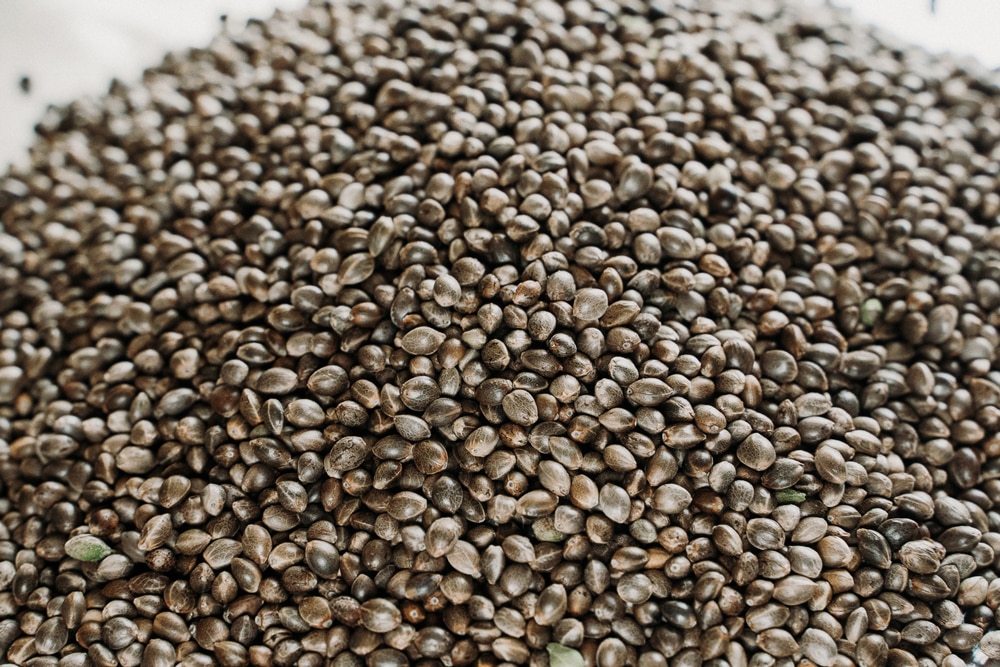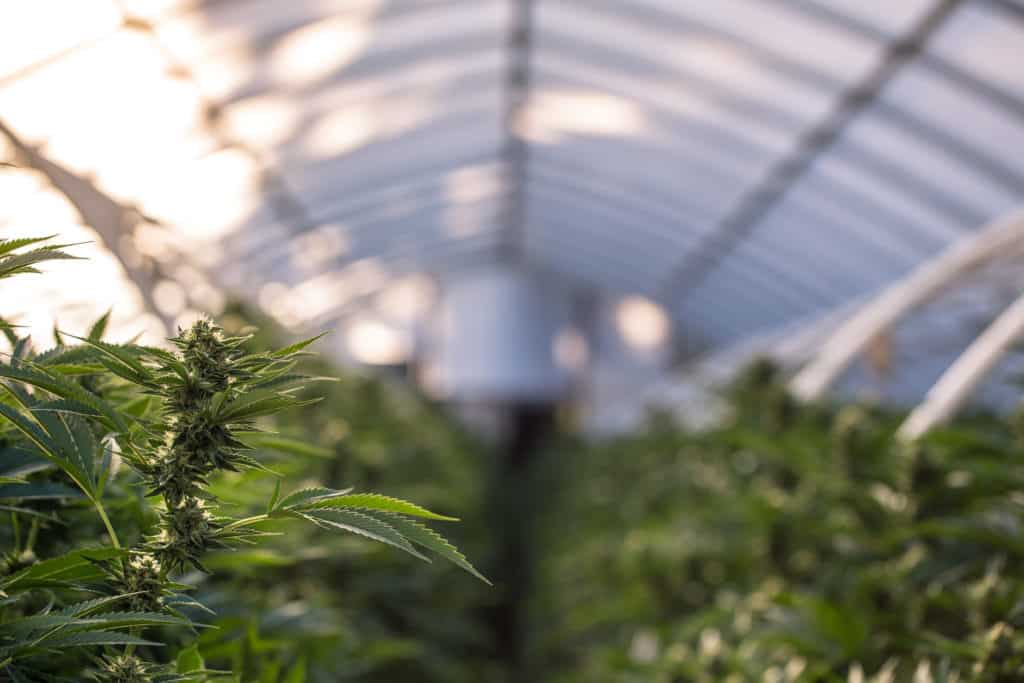Picture this: Your Blue Forest Farms seeds have just arrived in the mail. You eagerly rip open the package. It’s beautiful seeds galore! Immediately, images of hemp fields start to dance in your head. The scent of various terpenes waft into your nose. But wait…you’re getting ahead of yourself. There are a few steps you need to take before you can go from an envelope of seeds to emerald fields.
Today, we are going to talk about just one of those steps: Germination. Hemp Seed germination, or germination of any plants you want to grow is the process of taking the seed from its dormant stage to its development stage. Germinating your seeds before planting them is an important first step to ensure that the majority of your plants do well once they get into the field.
Our seeds consistently perform well with germination. We’re proud to be seeing germination rate reports from our partner fields this year of 95-100% in some cases.
If you did not purchase your seeds from BFF, we recommend you inspect your seeds for quality. Here are three things you should look for:
High-Grade Quality Hemp Seeds
Color
A healthy seed will be dark brown, black, and/or gray. The dark color is often contrasted by lighter stripes or spots. If any of your seeds appear green or white, they are not fully matured and will not sprout.
Hardness
Healthy seeds should feel hard when squeezed between your fingers. If a seed has cracks or crumbles under pressure, it is unlikely that it will germinate.

Shine
Healthy seeds have a waxy coating so look for a noticeable sheen. If you are concerned about the germination rate of your seeds, you can test them. However, you will need to germinate them immediately after the test is completed to avoid rot, or you can just test a few and discard them. This will give you a sense of the percentage of viable seeds that you have. To test your seeds, place them in a cup of lukewarm water and wait for them to sink. This could take a few hours. The seeds that sink will likely sprout and those that float likely will not. Whether or not you choose to perform this test, at some point you’ll be ready to germinate.
Germination Methods
1. Paper Towel Method
This is one of the most popular germination methods. You will need paper towels, distilled water, and two plates. Place your seeds between layers of damp paper towel. Put the paper towel on one plate and cover it with the second, making sure to store the plates in a warm, dark, humid place. We recommend checking the paper towel every day and moistening when needed.
2. Soaking Method
For this method, you will need a jar or cup and some distilled water. First place your seeds in the jar, cover them with warm (not hot) water, and secure the lid. If you are using a cup, you can put a plate over the top instead. Once your jar or cup is prepared, store it in a warm, dark place. Change the water every 2 days.
3. Rooting Plugs and Cubes
This method requires the use of peat moss pellets, rockwool, or any other sort of rooting cube. To use these products, you must soak them in water before inserting the seeds. It is also recommended that you use a planting tray with a humidity dome. Like the above two methods, place the tray in a warm, dark location after inserting the seeds.
4. Just try planting it!
The final method is probably the simplest but comes with a bit more risk if your seeds do not germinate. You can place your seeds directly into your chosen substrate and care for them accordingly. Because your seed is sitting in a large amount of substrate, it will likely be sitting in a large amount of unabsorbed moisture, which increases the risk of rot. If you choose to use this method, make sure not to soak the soil when watering.
Germination Time Frame
So then how long does it take?
Typically, germination takes 3-5 days and is complete within 7 days. You will know your seed is ready to be transplanted when a taproot forms and then you’ll be on your way to those emerald fields. If you don’t want to be tied down with the steps of germination, contact us to learn more about our high grade, fully germinated hemp seedlings and clones. These plants come ready to go into the field and are a great alternative if you’re coming in late in the season as well.
What’s your favorite germination method? Have you had more success with one method more than the others? Are you using a method we haven’t mentioned? Engage with us on social media @blueforestfarms. We love to hear from our BFF family!
Sources:
https://kinder.farm/germination-guide/
https://maryjanesdiary.com/tell-if-cannabis-seed-is-good/
https://www.leafly.com/news/growing/how-to-germinate-cannabis-seeds
https://www.philosopherseeds.com/blog/en/germination-of-cannabis-seeds/




